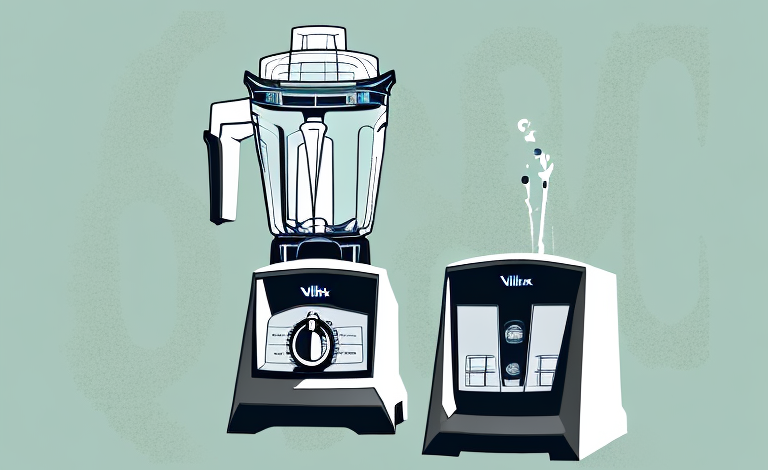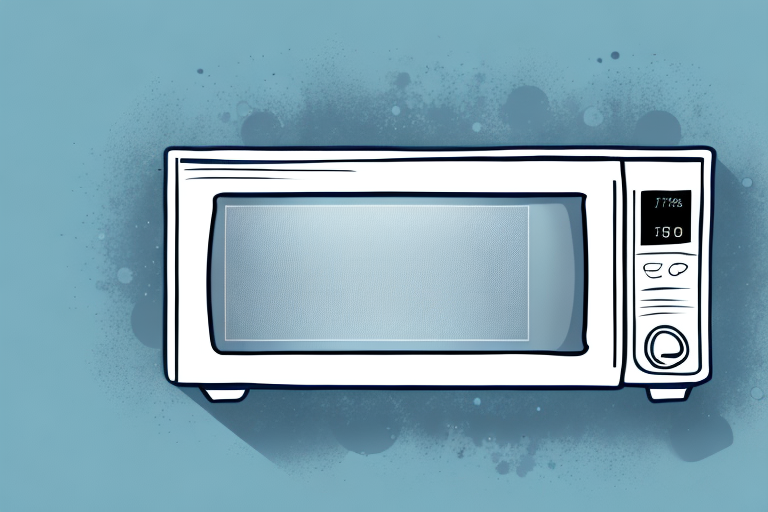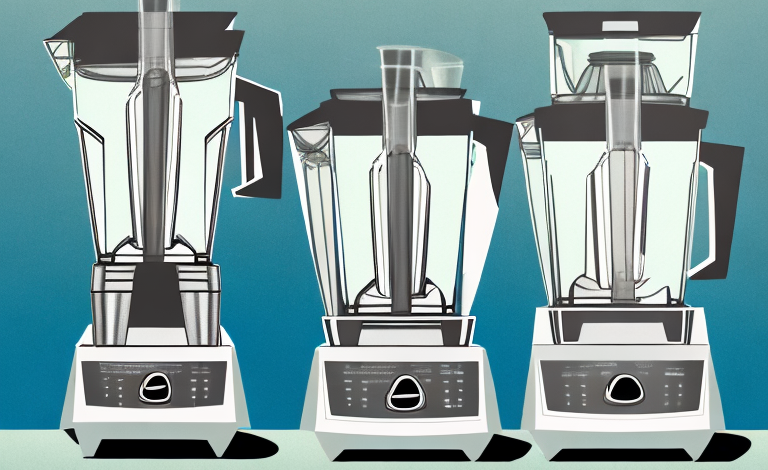As homeowners become increasingly conscious of their energy consumption and cost, there’s a growing interest in zoned heating, ventilation, and air conditioning (HVAC) systems. While the idea of saving money by directing airflow to only the occupied rooms of a house is undoubtedly appealing, homeowners are concerned about the cost and configuration of zoned HVAC systems, and how many thermostats they need to install. In this article, we’ll examine whether an ecobee thermostat is necessary for each zone in your home.
Understanding the Concept of Zoned HVAC Systems
Zoned HVAC systems are heating and cooling units that use dampers installed in the ductwork to direct air to specific rooms or regions of a house. These dampers operate in conjunction with multiple thermostats that monitor the temperature in each zone, regulating the airflow and heating or cooling to maintain desired indoor temperatures. By shutting the dampers in unused rooms and concentrating airflow to areas of the house where people are active, a zoned HVAC system can significantly reduce energy costs.
Additionally, zoned HVAC systems can also improve indoor air quality by allowing for more precise control over the distribution of air. By directing air only to the areas where it is needed, zoned systems can reduce the amount of dust, allergens, and other pollutants that circulate throughout the house. This can be especially beneficial for individuals with respiratory issues or allergies. Overall, zoned HVAC systems offer a more efficient and customizable way to heat and cool your home while also improving indoor air quality.
Benefits of Installing Ecobee Thermostats in Every Zone
The value of installing an ecobee thermostat in each zone lies in the control it provides. Because each thermostat sends messages to its corresponding zone’s damper, they can work together to maintain a consistent temperature throughout the house, ensuring all spaces are comfortable, and the system runs efficiently. Ecobee thermostats can recognize when someone is home or away and can adjust the temperature accordingly, which helps the system save energy when no one is in a particular zone or the house.
Another benefit of installing ecobee thermostats in every zone is the ability to control the temperature remotely. With the ecobee app, homeowners can adjust the temperature from their smartphone or tablet, even when they are not at home. This feature is especially useful for those who travel frequently or have unpredictable schedules. Additionally, ecobee thermostats are compatible with voice assistants like Amazon Alexa and Google Assistant, allowing for hands-free temperature control.
Drawbacks of Not Having an Ecobee Thermostat in Every Zone
While the concept of zoned HVAC systems is appealing, if you do not have an ecobee thermostat installed in each zone, you may not derive maximum utility from the system. Without an ecobee thermostat, each zone would rely on a single thermostat to regulate the temperature. The system would not be able to recognize when a particular zone is empty or adjust itself to respond to each zone’s different temperature requirements. The result is an inefficient system that wastes energy and compromises home comfort.
Additionally, without an ecobee thermostat in each zone, you may not be able to take advantage of the advanced features that ecobee thermostats offer. For example, ecobee thermostats can be controlled remotely through a smartphone app, allowing you to adjust the temperature in each zone from anywhere. They also have sensors that can detect occupancy and adjust the temperature accordingly, ensuring that each zone is always at the optimal temperature. These features can help you save energy and money on your utility bills, while also improving your overall home comfort.
How Many Ecobee Thermostats Do You Need for Your Home?
Before deciding on the number of ecobee thermostats your home needs, there are several factors to consider. The size of your home, the number of rooms, and the number of HVAC units are all essential factors. Generally, you need at least one thermostat in each of the main areas of your house to control the temperature effectively. For a larger house, installing multiple thermostats in each of the house’s smaller areas may allow for even more precise temperature control.
Another factor to consider when deciding on the number of ecobee thermostats your home needs is your daily routine. If you have a large family with different schedules, you may want to consider installing a thermostat in each bedroom to allow for individual temperature control. This can help ensure that everyone is comfortable and can sleep better at night. Additionally, if you work from home or spend a lot of time in a specific area of your house, you may want to install a thermostat in that area to ensure optimal comfort while you work or relax.
Factors to Consider When Deciding on the Number of Ecobee Thermostats
When deciding on the number of ecobee thermostats to install in your home, several factors require consideration. The number of heating and cooling systems in your home plays a significant role. If you have one furnace or HVAC unit, you may only need one thermostat to regulate the zones connected to the system. If you have multiple heating and cooling units, you will require one thermostat for each HVAC unit.
The physical location of your house is also an important factor to consider. If your home is in a climate that experiences significant temperature fluctuations throughout the year, you may need more thermostats to achieve effective temperature control. Finally, each home is unique, and various factors influence its ventilation and airflow needs, including insulation quality, window placement, and wall construction. It may be worth calling in an hvac technician to help you decide on the number of ecobee thermostats your home needs.
Another factor to consider when deciding on the number of ecobee thermostats is the size of your home. If you have a large home with multiple floors or rooms, you may need more thermostats to ensure that each area is adequately heated or cooled. Additionally, if you have a home with a complex layout, such as a split-level or open-concept design, you may need more thermostats to regulate the temperature effectively. It’s essential to consider the size and layout of your home when deciding on the number of ecobee thermostats to install.
Cost Implications of Installing Multiple Ecobee Thermostats
Installing multiple ecobee thermostats in your home can be cost-intensive, depending on the number of thermostats you need, their installation, and the professional fees for electrical and HVAC installation. While multiple thermostats represent a considerable investment, the energy savings you can achieve with a well-configured zoned HVAC system can offset the installation costs in the long run.
It is important to note that the cost of installing multiple ecobee thermostats can vary depending on the size and layout of your home. Larger homes with more rooms and levels may require more thermostats, which can increase the overall cost of installation. Additionally, the cost of installation may also depend on the complexity of the HVAC system and the amount of wiring and electrical work required. It is recommended to consult with a professional HVAC technician to determine the best configuration for your home and to get an accurate estimate of the installation costs.
Setting Up and Configuring Multiple Ecobee Thermostats for Zoning
Setting up multiple ecobee thermostats for zoning purposes requires a few additional considerations beyond regular thermostat installation. First, you must ensure that each thermostat is set up correctly and connected to each space’s HVAC unit. You will also need to set the appropriate temperature range for each zone. After installation, you’ll need to ensure that your HVAC system responds to each thermostat’s input to ensure even heating and cooling throughout the zones.
Another important consideration when setting up multiple ecobee thermostats for zoning is the placement of each thermostat. It’s important to place each thermostat in a location that accurately reflects the temperature of the zone it’s controlling. For example, if a thermostat is placed in a drafty area or near a heat source, it may not accurately reflect the temperature of the rest of the zone. This can lead to uneven heating and cooling and defeat the purpose of zoning.
Additionally, it’s important to regularly check and maintain each thermostat to ensure they are functioning properly. This includes checking the batteries, cleaning the sensors, and updating the software as needed. By regularly maintaining your ecobee thermostats, you can ensure that they are accurately controlling the temperature in each zone and maximizing energy efficiency.
How to Ensure Compatibility Between Your HVAC System and Ecobee Thermostats
Ecobee thermostats work with most HVAC systems, but it would be best to do some research to ensure compatibility with the specific heating and cooling systems in your home. Working with a professional HVAC technician can also help guarantee that your system is compatible with ecobee thermostats.
One important factor to consider when ensuring compatibility between your HVAC system and ecobee thermostats is the wiring. Ecobee thermostats require a C-wire, which provides constant power to the thermostat. If your current HVAC system does not have a C-wire, you may need to have one installed before you can use an ecobee thermostat.
Another consideration is the type of HVAC system you have. Ecobee thermostats are compatible with most heating and cooling systems, including central air conditioning, heat pumps, and radiant heating. However, if you have a unique or specialized system, it is important to check with ecobee or a professional HVAC technician to ensure compatibility.
Tips for Maintaining and Troubleshooting Multiple Ecobee Thermostats
Ensure that each thermostat is adequately powered and installed correctly. Check the installation of sensors and batteries regularly. Also, be sure to maintain each system by scheduling annual maintenance and inspections with a certified HVAC expert.
In addition to regular maintenance, it is important to troubleshoot any issues that may arise with your Ecobee thermostats. If you notice that one or more thermostats are not functioning properly, try resetting the device by turning off the power and then turning it back on. If this does not solve the issue, check the wiring and connections to ensure they are secure and properly connected. If you are still experiencing problems, contact Ecobee customer support for further assistance.
Expert Opinions on Whether You Need an Ecobee Thermostat for Every Zone
According to experts, the answer is yes. Installing ecobee thermostats in every part of your home can help control your HVAC system’s temperature and airflow. This, in turn, maximizes energy efficiency and home comfort. Though the initial cost of installation may be significant, the system’s long-term savings, coupled with the ability to tailor heating and cooling to individual rooms, makes it worth the investment.
In conclusion, investing in an ecobee thermostat for each zone in your home is essential to maximize energy efficiency and home comfort. While the installation cost may be considerable, it offers long-term benefits that outweigh the initial investment. To ensure the best outcome, research your HVAC system’s compatibility with ecobee thermostats, consider an HVAC professional’s input, and set up the thermostats following the manufacturer’s instructions.



